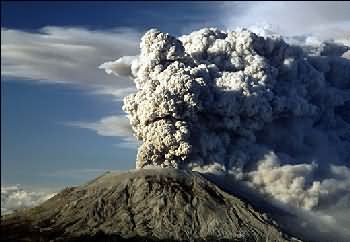Seismic forces may have twisted Italian supervolcano’s innards
 Washington, October 2 : Scientists have found that seismic forces have twisted an Italian supervolcano’s interiors, giving scientists an unprecedented glimpse deep into the feature’s explosive plumbing—and a better shot at deciphering when the next one might blow.
Washington, October 2 : Scientists have found that seismic forces have twisted an Italian supervolcano’s interiors, giving scientists an unprecedented glimpse deep into the feature’s explosive plumbing—and a better shot at deciphering when the next one might blow.
The now fossilized supervolcano last erupted about 280 million years ago, leaving behind an 8-mile-wide (13-kilometer-wide) caldera, which was recently discovered in the Italian Alps’ Sesia Valley.
According to National Geographic News, seismic forces have twisted the volcano’s interior, giving scientists an unprecedented glimpse deep into the feature’s explosive nature.
“There will be another supervolcano explosion,” team member James Quick, a geologist at Southern Methodist University in Texas, said in a statement. “We don’t know where, (but) Sesia Valley could help us to predict the next event,” he added.
The Italian eruption likely lasted for weeks, Quick told National Geographic News.
During that time, the supervolcano hefted an estimated 239 cubic miles (1,000 cubic kilometers) of material into the atmosphere—about a thousand times more material than Mount St. Helens spewed during its infamous 1980 eruption.
The ancient eruption would have been accompanied by a steady rain of volcanic ash and superheated rocks, along with earthquakes and fast-flowing rivers of lava and hot mud, or ignimbrite.
“It would have been quite dramatic,” Quick said.
What’s more, ash and sulfur dioxide ejected into the atmosphere would have blocked sunlight from reaching Earth’s surface.
“That may have led to a global cold snap that lasted decades or even centuries,” Quick said.
Although the Sesia Valley caldera is now extinct, scientists think a similar scene of devastation could be repeated.
“By studying the Sesia Valley caldera, scientists might better understand the events leading up to an eruption and perhaps create eruption warning systems,” Quick said. (ANI)